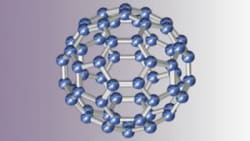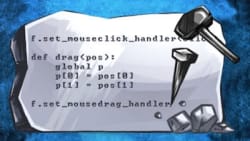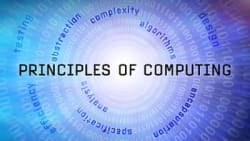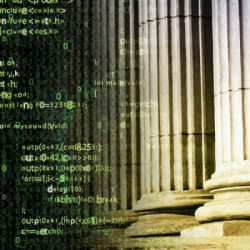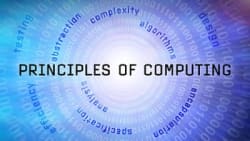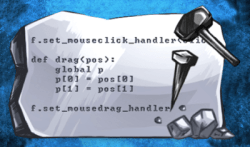Images
Experienced Computer Scientists analyze and solve computational problems at a level of abstraction that is beyond that of any particular programming language. This two-part class is designed to train students in the mathematical concepts and process of “Algorithmic Thinking”, allowing them to build simpler, more efficient solutions to computational problems. In part 2 of this course, we will study advanced algorithmic techniques such as divide-and-conquer and dynamic programming. As the central part of the course, students will implement several algorithms in Python that incorporate these techniques and then use these algorithms to analyze two large real-world data sets. The main focus of these tasks is to understand interaction between the algorithms and the structure of the data sets being analyzed by these algorithms. Once students have completed this class, they will have both the mathematical and programming skills to analyze, design, and program solutions to a wide range of computational problems. While this class will use Python as its vehicle of choice to practice Algorithmic Thinking, the concepts that you will learn in this class transcend any particular programming language.
Similar resources
Located in an urban environment on a 300-acre tree-lined campus, Rice University seizes its advantageous position to pursue pathbreaking research and create innovative collaboration opportunities that contribute to the betterment of our world.
Boasting a 300-acre tree-lined campus in Houston, Rice University is ranked among the nation’s top 20 universities by U.S. News & World Report. Rice has a 6-to-1 undergraduate student-to-faculty ratio, and a residential college system, which supports students intellectually, emotionally and culturally through social events, intramural sports, student plays, lectures series, courses and student government. Developing close-knit, diverse college communities is a strong campus tradition, which is why Rice is highly ranked for best quality of life and best value among private universities.


General Chemistry: Concept Development and Application

An Introduction to Interactive Programming in Python (Part 2)

Principles of Computing (Part 1)

Prepare for Advanced Computer Science Courses

Principles of Computing (Part 2)








